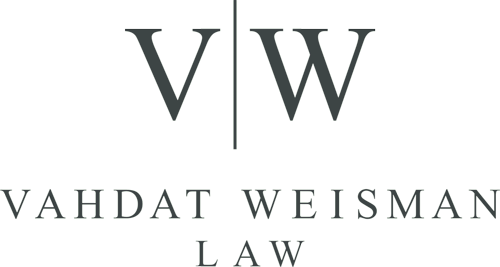Cases brought before and decided by a state’s highest court often rest on specific questions in different areas of law.
During the first week of March, the Supreme Court of Michigan will hear oral arguments on three cases concerning the application of, and exceptions to, the “open and obvious” doctrine of premises liability.
Though different in detail, each case involves decisions by lower courts in which a person invited onto another’s property suffered injuries from a slip and fall to which the owner countered that the doctrine did not apply.
Uneven sidewalks and darkness: An open and obvious condition?
The first case involves a plaintiff who tripped over a raised section of sidewalk. Both lower courts held for the defendant on the grounds that uneven sections of the ground were “open and obvious.” Because the condition was open and obvious, the courts reasoned, the plaintiff should have seen them, and cannot hold the defendant liable.
The court will hear arguments to consider whether minor height differentials in sidewalks and darkness meet the standard for the open and obvious doctrine. The question in this doctrine is whether an average person would have been able to perceive the danger.
The other two cases address very similar questions regarding the applicability of the doctrine and the scope of its exceptions. In the first, the plaintiff sought relief after she fell on the snow and ice outside the defendant’s gas station.
Both lower courts agreed with the defendant’s claim that the conditions were an open and obvious condition and not an effectively unavoidable exception.
Lastly, the court will address multiple issues related to the open and obvious doctrine on which lower courts held differently.
Two concern whether a cable used to close off a checkout lane in the defendant’s store constitute an open and obvious condition. Two others address the circumstances under which the doctrine should apply and whether a jury should consider the doctrine to assess fault, respectively.
Slip and falls often occur without warning and can result in serious medical injuries. Each incident, however, involves a specific person, place and circumstances that must satisfy legal tests. An attorney who understands the distinctions in premises liability law can offer guidance.

